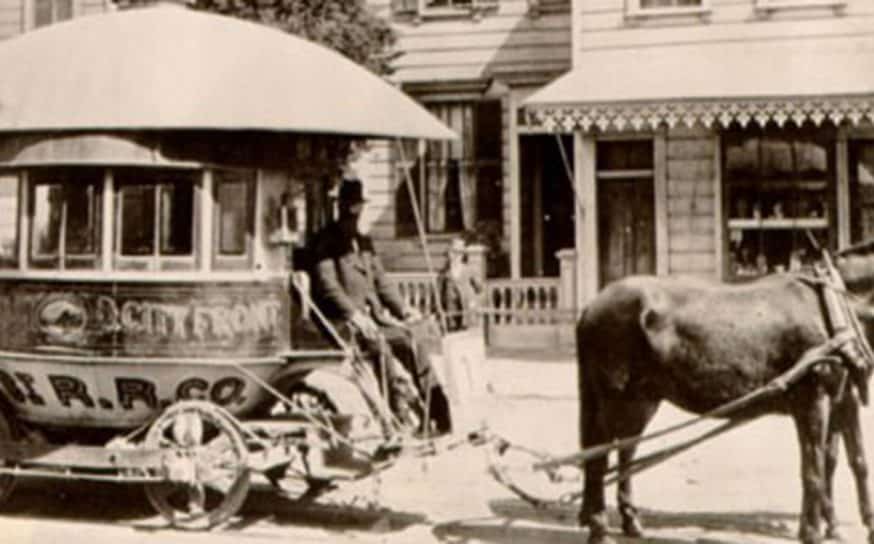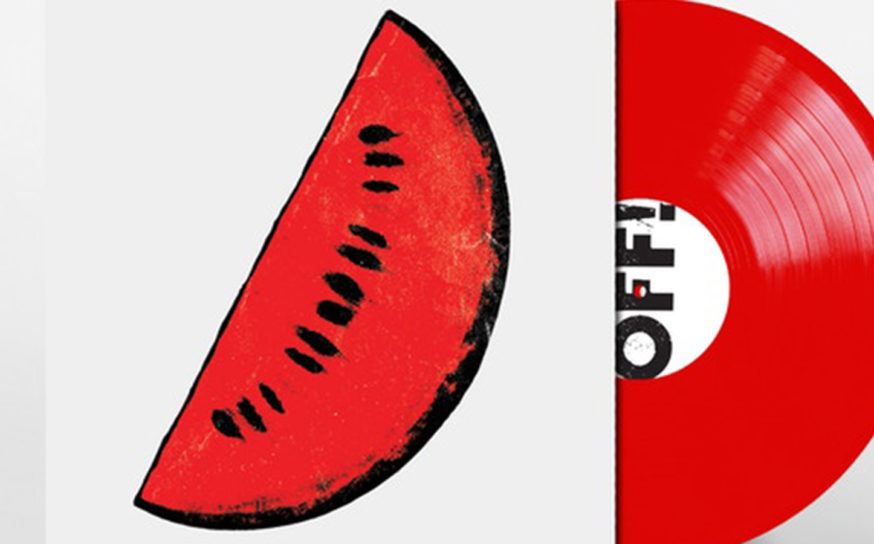
Empires Rose and Fell, but This California Tree Outlasted Them All
Why the Great Basin bristlecone pine is the ultimate survivor.
-
CategoryExperiences, Hidden Gems, Outdoor Adventure, Sights + Stays, Sustainability
In Eastern California, in an area known as White Mountain, a tree species called the Great Basin bristlecone pine, or Pinus longaeva, has grown continuously for an astounding 4,500 years. While many California trees, like the juniper, oak and sequoia can live for a thousand years, the slow-growing bristlecone pine has an unlimited life expectancy.
According to a story about the tree’s history in the New Yorker, “Most seedlings die within a year; the mortality rate is more than 99%. The survivors are sometimes seen growing in the shadow of a fallen tree. The landscape of the Ancient Bristlecone Pine Forest, as this area of the White Mountains is called, is littered with fragments of dead trees—trunks, limbs, roots, and smaller chunks. Pinus longaeva grows exclusively in subalpine regions of the Great Basin, which stretches from the eastern slopes of the Sierra Nevada to the Wasatch Range, in Utah. Conditions are generally too arid for the dead wood to rot; instead, it erodes, sanded down like rock. The remnants may harbor nutrients and fungi that help new trees grow. Bristlecones rise from the bones of their ancestors—a city within a cemetery.”
Read more here about generations of researchers who have studied the bristlecone, and why it will likely outlast us all.
Explore The Barlow: A Thriving Outdoor Market District in California’s Wine Country
An expansive 12-acre market district filled with wineries, breweries, restaurants, shops, local artisans, and so much more!
This Is How San Franciscan’s Got Around 100 Years Ago
And you thought your commute was slow.
OFF! Want You to Help Fund Their Sci-Fi Punk Rockumentary
Southern California punk rock legends go hardcore for Watermelon.



















